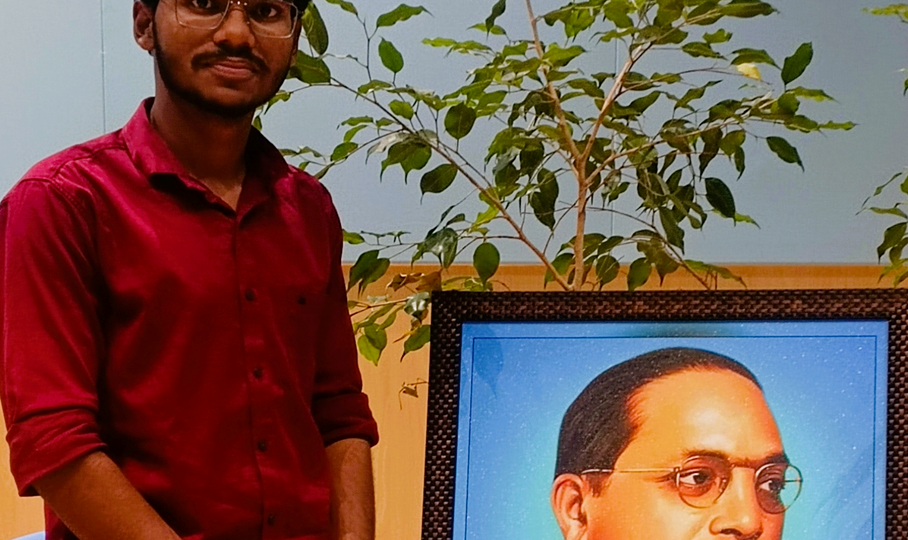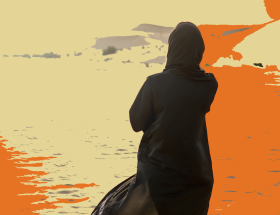Ankush Uttam Helode
Coal is one of the many natural minerals that are found in the state of Chhattisgarh. In 2021, Chhattisgarh alone produced 113 million metric tonnes of coal, or 20% of the nation’s total coal production. The majority of the coal produced comes from the land of Dalits and Adivasis, but because the state is omnipresent, it took away their land in the name of patriotism and nationalism and paid them negligible compensation. The state makes millions of dollars from coal, but the share that goes back to these social communities that are constitutionally protected is terrible, and for the welfare of these communities, the state has a scheme known as DMFT. (District Mineral Foundation Trust)
Why am I saying things are terrible?
During my internship at the HAQ: Center for Child Rights in Delhi, I spent a week in Korba, the coal capital of Chhattisgarh, where I worked on the DMFT, a 0.5% of GDP fund provided to the state by the union government for the welfare of mining-affected workers.
I spoke with various officials about DMFT when I was in Korba and tried to figure out what was actually wrong with DMFT. The Child and Women Development Officer Mr. Rathod, who was from an Adivasi background, described the overall scenario of mining-affected mining employees to me when we met at Kabirdham at that time.
His land was also taken by the state under the garb of patriotism, but he received very little in return. His emotions and history were tied to the place; generations of his family had been born and raised there, but without taking anything into consideration, the state forced him to renounce it. He complied with the state’s demands on the condition that it pay him a sufficient price for his land. Rathod used an emotive phrase during this conversation, i.e., “Aapke ghar me to light jalti hai sahab, hamara to dil jalta hai na.” He replied that because thousands of their homes were destroyed in the dark, we use coal to light our homes. He just asked that we return to them for what we were taking.
What I hear from Mr. Rathod is that I have experience in the field, specifically with the largest mine discovered in this region: around Dipka, Gerva, and the villages of Gandhinagar and Malgaon in the Korba district. A Basti of forty to fifty Adivasi and Dalit families exists in Malgaon. Many of these families do not have caste/community certificates because they sell their land to a private company through the state and receive money and land in return. Since they do not have any documentation of this transaction, they do not have caste certificates. Many of these families have tried to fight this situation, but it was fruitless.. The young generation is losing social capital as a result of one document. A student enrolled in the 10th grade must have a caste certificate, which is a required document. They have voter cards to choose their representatives in the democratic process, but these representatives never speak up about their real issues because they lack the necessary caste certificates to represent themselves in academic settings.
Devkumar was a bright kid I met who wanted to study more than the ninth grade. But for him, the caste certificate is a significant obstacle.
DMFT and Welfare
DMFT is a programme for the welfare of mine workers and others who have been impacted by mining. It is considered a priority areas, among others, with education being one of the priorities. Despite this, many children who have been impacted by mining are still not attending school.
Swami Atmanand English Medium Schools, which are world-class institutions with cutting-edge infrastructure and are free for students to attend, were announced by the Congress government, led by CM Bhupesh Baghel, in 2020. Priority in admission is given to underprivileged children, orphans, and children raised by a single parent.
However, when we spoke with the Kabirdham education officer, he told us that the DMFT fund, which was provided by the state government for the benefit of those affected by mining, was used to build the schools. He denied that there should be reservation for children of coal miners, stating that it was against the rules to do so.
DMFT is for the welfare of the mining workers. The state government creates big infrastructure of schools from that money but doesn’t give reservation to the children of mining workers. There is no priority or policy that coal workers’ children should get admitted before any upper caste poor children. It is important to provide education to everyone without regard to social background, but if the fund is meant for the welfare of coal workers then it is necessary to prioritize the children of coal workers, which is not being done now.
This is how any government, regardless of party, abuses the resources belonging to the Dalits and Adivasis.
~~~
Ankush Uttam Helode did his B.A Political Science from Garware College, Pune. Now he is pursuing Master of Arts in Public Policy and Governance from Azim Premji University, Bangalore.








